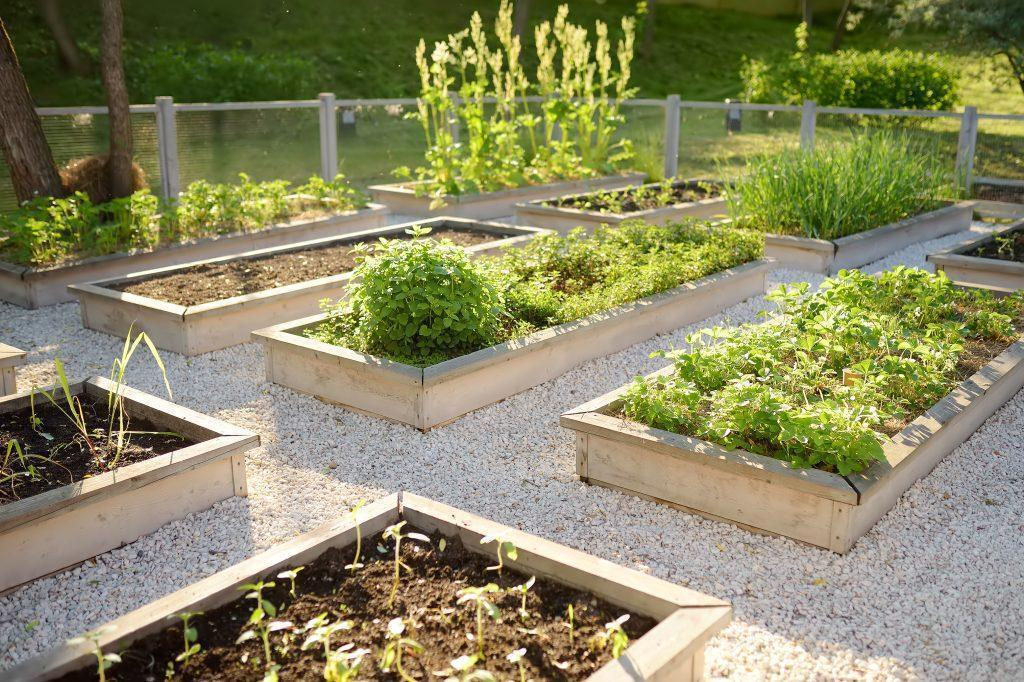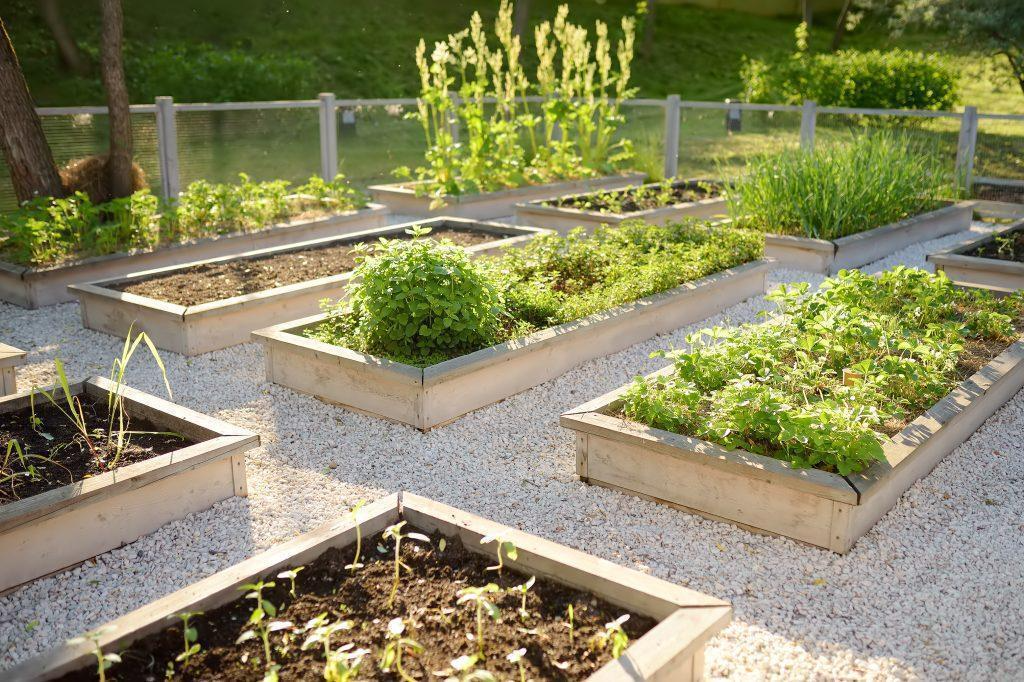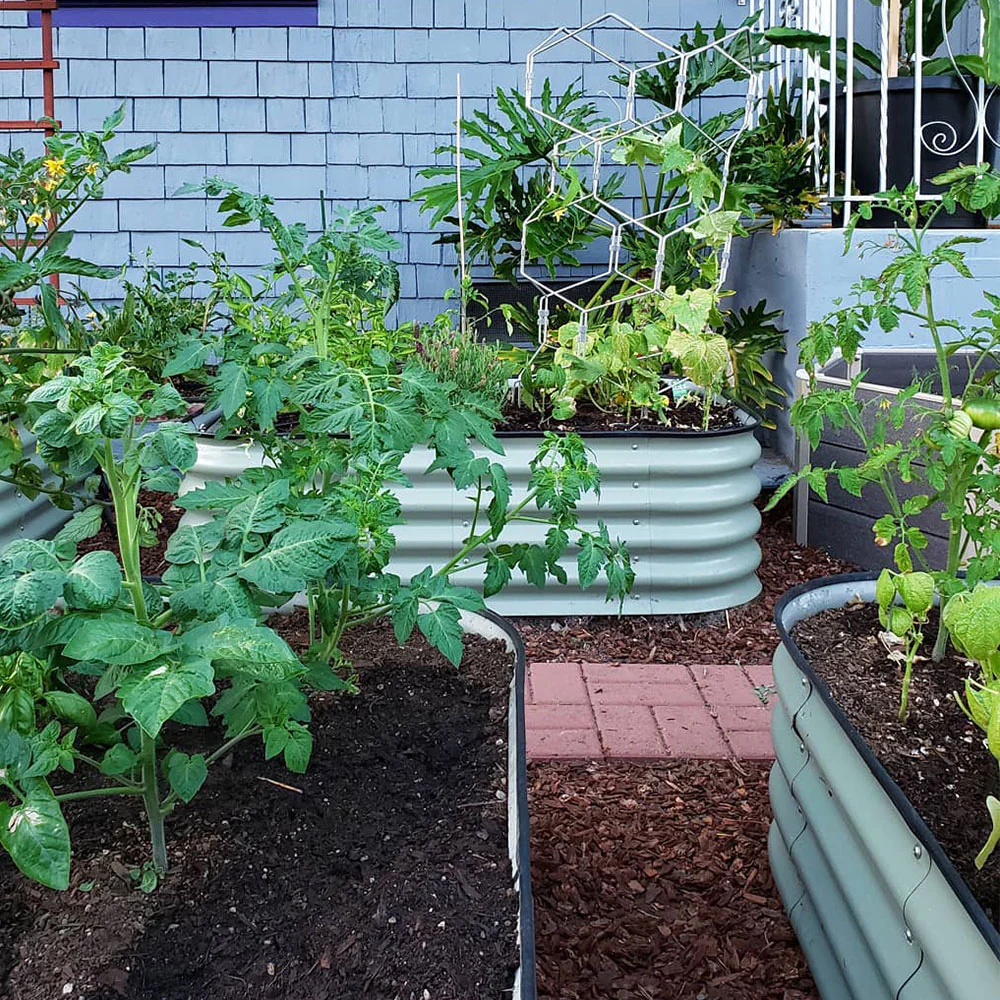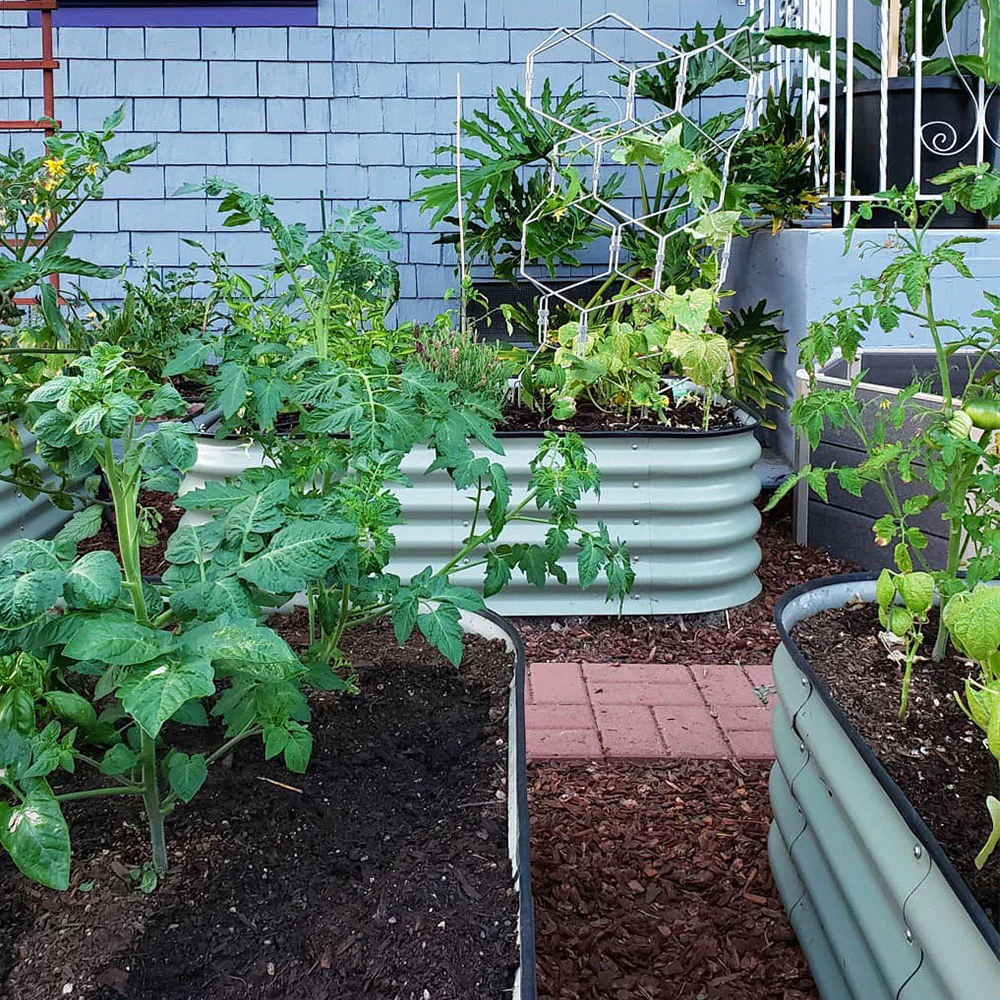Introduction to Raised Bed GardeningUpdated 4 days ago
Raised bed gardening is a great way to grow a wide range of plants, but they’re especially popular for growing your own fruit and vegetables. They can be used to introduce a different kind of soil to your garden and improve drainage. If you have limited mobility, raised planter beds are a great way to garden because they don’t require you to bend.

What Are Raised Beds Suitable For?
In raised beds, almost any plant can be grown. From growing fruit and vegetables like blackberries, currants, strawberries, and plenty more. To alpine and herbaceous perennials. Raised beds are also great for growing small trees and shrubs (you may be able to grow some smaller trees and shrubs depending on the size of your beds) and ericaceous or plants that don’t like lime (by filling beds with acid soil, plants that don’t like lime, like heathers and rhododendrons, can be grown in areas with alkaline soil).
There are a variety of uses for raised beds. As the soil is raised above the surrounding ground level, it can improve drainage. However, droughts may necessitate additional watering, so this may be a disadvantage. It can also be used to raise the temperature of the soil. Raised bed soil is better drained, allowing it to warm up earlier in the spring. By filling raised beds with acidic soil, you can also match it to the plants’ requirements; acidic soil can support the growth of ericaceous (lime-hating) plants.
Raised bed gardening can also improve the health of the roots. It creates excellent root zone conditions by filling the beds with good topsoil that has been enriched with organic matter and fertiliser. Additionally, they make management easier. Because raised beds have more soil volume than containers, they are easier to water.
Finally, they are ideal for gardeners with mobility issues. Planting, watering, and weeding are made easier in a raised flower bed, which is especially helpful for people who use wheelchairs or have trouble bending. You don’t have to spend a lot of money on raised beds. Just be creative! Such as recycling pallets or old tires. However, the paths must be paved and wide enough to accommodate wheelchair users. Gardeners can customise the widths and heights of raised beds to meet their specific requirements.
How to Get Started
The following considerations must be made when constructing raised beds. First, figure out where and how big your raised bed needs to be. It is best to avoid walking or stepping on raised beds, so choose widths less than 1.5 meters to make it possible to access them from the sides.
People shouldn’t be tempted to step on long rows of beds to get to the other side. Pathways ought to be wide enough to accommodate wheelchairs or wheelbarrows. The minimum width for wheelbarrows is 18 inches, while the minimum width for walking is 1 foot.
Think about the materials. Although treated timber is inexpensive, it does not last very long. Sleepers last a long time but are expensive, bulky, and hard to cut. Masonry, such as brick, or paving slabs, is expensive but long-lasting. Alternatives include immitation “timber” made of recycled plastic. A pre-made kit can also be used to complete small projects.
When to Build a Raised Bed Garden
Although raised beds can be constructed whenever, most landscapers find it helpful to construct them between October and March, as long as the ground isn’t excessively wet or frozen. If waterlogging is a problem, you can build your raised bed in late summer.
Commonly Used Materials
The most commonly used materials for a raised flower bed is stone, brick, pre-cast units, timber, and paving slabs. Some metal raised beds and plastic raised beds can be purchased as kits to make assembly easier. They all come with their strengths and weaknesses which we have explained below:
Stone & Concrete
Stone and concrete can be used to create a modern feel to a raised bed garden. Concrete is ideal for a long lasting sturdy structure, with the possibility to form seating areas if needed. Mix in some treated wood for a contemporary feel.

Brick
The brick is sturdy and long-lasting. It is simple to incorporate curves into the design. Due to their resistance to the elements, engineering bricks are the best choice. Brick-raised beds are perfect for adding to patio gardens as they can be built against the wall. For extra impact, match the brick of the bed to the wall of the patio. When building on a patio, try to make the bed deep and tall as it is unlikely you would wish to kneel on a patio compared to in gardens.

Wood
Commonly made out of timber or railway sleepers, wooden raised beds are often the easiest and cheapest to build. But make sure to treat the wood before using as it is likely to rot in bad weather. Wooden planters are ideal for gardens with limited space in gardens as they can be planted at any depth required. Oak and pine containers look fantastic in a gravel garden as the pine wood colour stands out in grey gravel.

Galvanised Steel
Some of the most popular garden beds are raised beds made of galvanised metal. They are strong, long-lasting, resistant to damage, and will not rot like wood. They also allow for more depth to add extra height. The metal is also more workable so that it can bend and produce curved shapes.
Make sure to shop our galvanised steel raised beds here.

Design Inspiration
From custom-designed raised beds to raised bed borders, there are so many ways to add a raised bed to your garden or allotment. Before you start building, think of the style and practicality. For simplicity, consider rectangular wooden beds or metal throughs that require little to no assembly.
Or think about how you will be planting and how to keep plants safe. Look into square-foot raised beds, hoop house raised beds, space-saving designs and enclosed areas.


